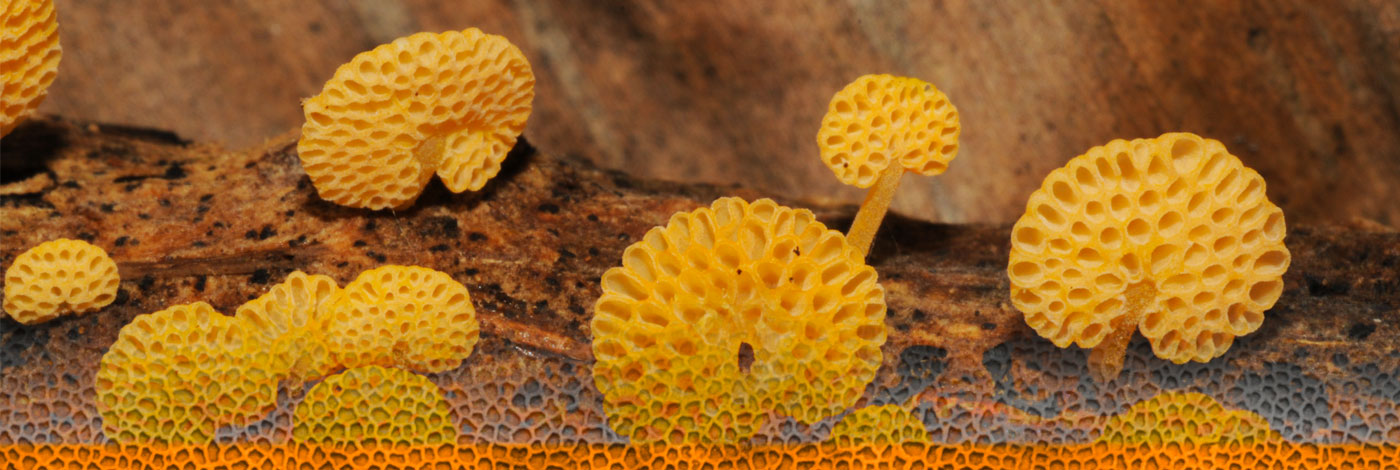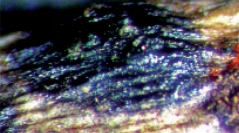

 Cryptogamie, Mycologie
37 (4) - Pages 509-538
Cryptogamie, Mycologie
37 (4) - Pages 509-538The genus Anthostomella is heterogeneous and recent DNA based studies have shown that species are polyphyletic across Xylariaceae. In this study, we present a morphology based, taxonomic treatment, coupled with a molecular phylogenetic reassessment of relationships within Anthostomella. This has resulted in the establishment of two new genera, eight new combinations and three new species among anthostomella-like taxa. Seventeen strains from 16 anthostomella-like species have been revisited. A re-description of morphological characters among these taxa suggests that Anthostomella can be circumscribed based on immersed ascomata, cylindrical asci with short pedicels and pigmented, equilateral ascospores with germ slits, while Anthostomelloides is characterized by oblong-ellipsoidal ascospores lacking germ slits. Anthostomella brabeji, A. forlìcesenica, A. leucospermi and A. proteae are transferred to Anthostomelloides. Pseudoanthostomella gen. nov., possesses solitary ascomata, as well as asci with apical rings and is closely related to Neoanthostomella, but can be distinguished based on a combination of characters, such as multiple ascomata and asci completely lacking apical rings. Anthostomella conorum, A. delitescens and A. sepelibilis are reallocated to Pseudoanthostomella with two new species, P. pini-nigrae and P. senecionicola. Neoanthostomella viticola sp. nov. is added to the previously monotypic genus Neoanthostomella. Alloanthostomella gen. nov is introduced to accommodate Anthostomella rubicola. The only anthostomella-like genus diagnosed with hyaline ascospores so far, is Alloanthostomella gen. nov. This study represents a comprehensive molecular phylogenetic study based on four independent molecular markers (ITS, 28S rDNA, RPB2 and β-tubulin) with a broad taxon sampling across Anthostomella.